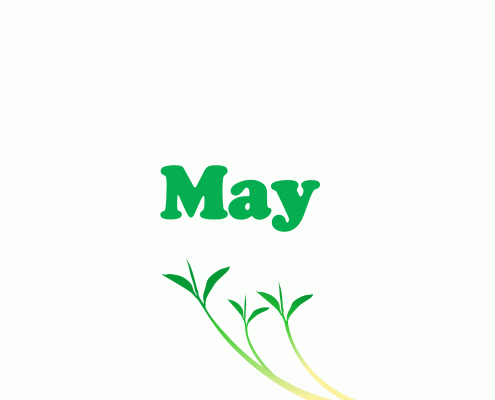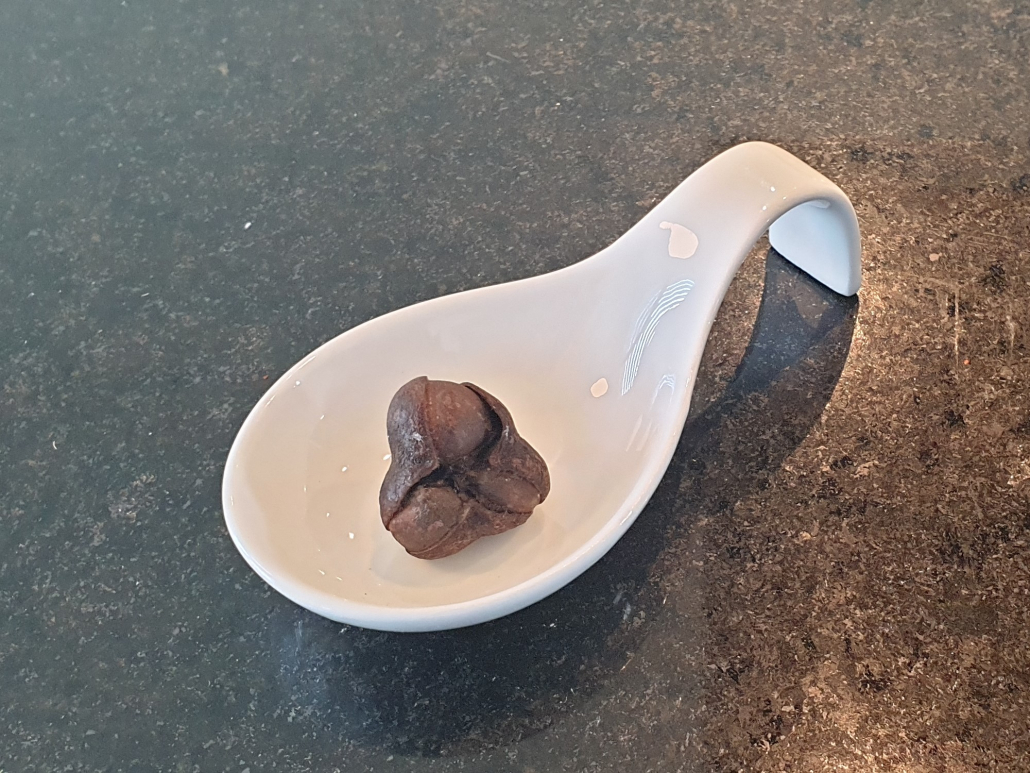Grow Your Own 2021
This page has often led to a 403 error and is currently being revised.
Please visit again in 2024.
There are two ways for tea enthusiasts (and farmers) to grow their own tea:
-
-
vegetative propagation
-
propagation through tea seeds
-
There is just one catch: It’s wrought with a whole batch of unexpected difficulties ;-)
Camellia Sinensis is an evergreen, tropical plant. It grows best in warm, humid, tropical climate in a band between 33°S and 43°N. (This explains why the English tried in vain and had to employ other countries, especially India, to produce tea for them). If you are familiar with CS varietals, CS Sinensis is said to be winter hardy, but CS Assamica is definitely not.
CS is extremely partial to cool nights, misty mornings and a good dose of sunlight throughout a warm day.
Below, you will find pictures of a Camellia Sinensis plant I have grown from seed. The seeds were planted in late 2020, and the first shoot broke through the surface at the end of December 2020.
The great number of pictures, which originally were all presented on the same page, appeared to immensely slow the download of the Grow Your Own page for visitors. Thus, for 2023, I have decided to make separate pages for each year and to maybe take a picture only once a week, i.e. about 4 per month to keep the download time to a reasonable minimum:
Vegetative Propagation:
Vegetative propagation is easier for the farmer. Put (really) simply, you cut off a young branch and plant it in the same soil. The branch will produce roots and grow into a bush with the same characteristics as its original plant. In other words, the result is a clone, and the farmer is happy because he can clone a single plant into a lot of bushes that all produce the same kind and quality of tea.
Propagation Through Seeds:
Camellia Sinensis produces beautiful flowers, which, if fertilised, in turn produce seeds in groups of three. These seeds can be planted into soil, but like in the human / animal kingdom, the offspring will be a new ‘product’ with new characteristics. Of course, tea plants produce tea plants (and they’d be equally surprised if a tea seed were to suddenly turn into a banana tree), but the new plants produced this way are not going to be clonal copies. (Cf. Cultivars here in Tea Talk). This is fine if you want to produce new tea (The Tea Research Foundation of Kenya, for example, has been working for about three decades on a tea plant that produces more than average anti-oxidants. They have developed a variety that is now called TRFK 306 and dubbed it purple tea. Unlike White, Green, Yellow, Blue, Black, and Post-Fermented Tea [Cf Tea, Tea, and Tea for classification], TRFK 306 is not a new category but a brand new CS varietal with some purplish tea leaves). Growing from seeds is also fun if you want to grow CS at home.
There are plenty of guides on the internet that tell you how to grow (and process !?) tea at home. Most of these websites contain mistakes in parts I can verify, and so it is unclear whether their methods to grow from seeds will work. (Be warned: Many claim that the seeds will grow into a bush, or grow to a maximum height of 200cm. If growth can be induced in your location and the plant is left unattended, each seed will try to grow into a proper tree ! We are just not used to seeing tea trees because on tea farms they are constantly pruned back to a comfortable service height called ‘plucking table’. Given the right climate and season, tea farmers in tropical climates can expect to pluck leaves every 10-14 days and will still have to do the occasional spot of pruning so that the tea bush does not grow out of shape. In Darjeeling especially, each plucking round is called ‘flush’).

















